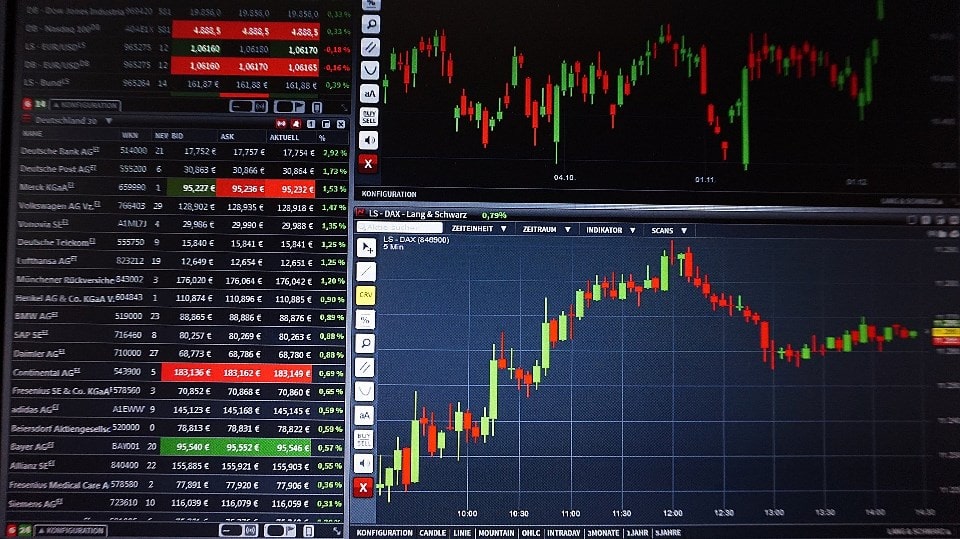
Forex Trading Platforms: Choosing the Right Technology for You
admin
- 0
Selecting the right Forex trading platform is a critical decision for traders, as it serves as the gateway to the dynamic world of currency trading. The technology behind these platforms significantly influences the trading experience. This guide outlines key considerations to help you choose the Forex trading platform that aligns with your preferences, needs, and trading style.
1. User-Friendly Interface: Opt for a Forex trading platform with an intuitive and user-friendly interface. A well-designed platform streamlines navigation, making it easy for traders to execute orders, access charts, and utilize various tools without unnecessary complexity.
2. Reliability and Stability: Choose a platform known for its reliability and stability. A stable platform ensures that you can execute trades without disruptions, even during periods of high market volatility. Reliability is crucial for maintaining control over your trades and avoiding potential losses due to technical issues.
3. Access to a Variety of Instruments: Ensure that the trading platform provides access to a diverse range of currency pairs and other financial instruments. A comprehensive selection allows you to explore different markets and diversify your trading portfolio according to your strategies and preferences.
4. Real-Time Market Data and Analysis Tools: Access to real-time market data is essential for making informed trading decisions. Choose a platform that provides carry trade live price feeds, charts, and a variety of technical analysis tools. The availability of these features enhances your ability to analyze market trends and identify potential entry and exit points.
5. Order Execution Speed: Fast and reliable order execution is crucial in Forex trading. The platform should be capable of executing trades swiftly, especially during times of market volatility. Delayed order execution can result in slippage, impacting the accuracy of trade entries and exits.
6. Mobile Trading Capabilities: Consider a platform that offers robust mobile trading capabilities. The ability to trade on the go through a mobile app ensures flexibility and responsiveness to market changes, allowing you to manage your trades from anywhere with an internet connection.
7. Demo Accounts for Practice: Many Forex trading platforms offer demo accounts, allowing you to practice trading with virtual funds. Utilize these demo accounts to familiarize yourself with the platform’s features, test your strategies, and gain confidence before engaging in live trading.
8. Integration with Third-Party Tools: Some traders use third-party tools, such as automated trading systems or custom indicators. Ensure that the trading platform supports integrations with these tools if you plan to incorporate them into your trading strategy.
9. Customer Support and Education: Consider the level of customer support and educational resources provided by the trading platform. Responsive customer support can be crucial in resolving issues, while educational materials help you stay informed about platform features, market updates, and trading strategies.
10. Security Features: Prioritize security features to protect your trading account and personal information. Look for platforms that implement encryption protocols, two-factor authentication, and other security measures to safeguard your data and financial transactions.
11. Cost and Fee Structure: Evaluate the cost and fee structure associated with the trading platform. Consider factors such as spreads, commissions, and overnight fees. Some platforms may offer commission-free trading but have wider spreads, while others may have lower spreads with additional commissions.
12. Regulatory Compliance: Ensure that the trading platform is compliant with regulatory standards and operates under the supervision of reputable financial authorities. Regulatory compliance provides an additional layer of security and ensures that the platform follows ethical and transparent practices.
In conclusion, choosing the right Forex trading platform involves a careful assessment of your preferences and requirements. By considering factors such as user-friendliness, reliability, analysis tools, and security features, you can select a platform that aligns with your trading goals and enhances your overall trading experience.
